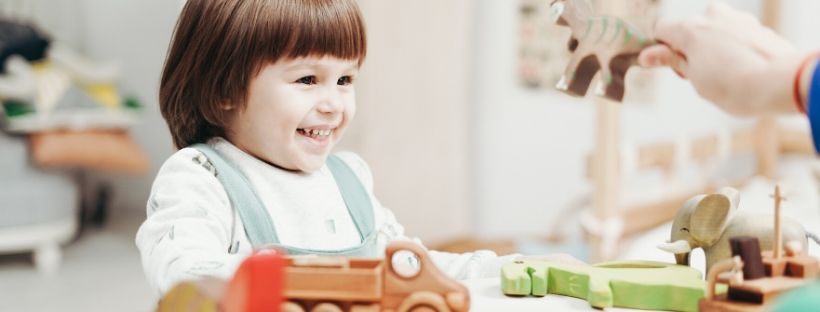
Children just LOVE to play! Therefore, in early childhood education and care, play is the most important way of learning. See the tips and a practical example how to incorporate learning in play in a pedagogical manner - and soon the children love love love to learn too!
Why play?
Play motivates the children and simply brings joy. In early childhood education and care, it is necessary to understand the value of play for the children. Play has also pedagogical significance in learning as well as in children’s holistic growth and well-being.
Do adults have to play too?
Play is a key practice in early childhood education and care. It is important for teachers to observe children’s play and either guide it from outside or participate in it. The presence of teachers in play situations support interaction among the children and prevent conflicts.
Teachers must also document the children’s play. Observation of play gives tons of information about their world - thoughts, interests, emotions, experiences, fears...
How to make children's learning visible?
Where to play?
Children’s learning environments need to be flexible, as play and games can take place anywhere depending on the children’s imagination and wishes. Play and therefore also learning happens everywhere, not only during guided activities or circle time. Children might learn various things while for example taking a stroll in the forest (tree species), building a lego tower (counting blocks) or dressing up a doll (body parts).
How to combine playing + learning?
1. Observe what the children are interested in (in other words: what they talk about and what they like to play with)
2. Take children's interests and plan activities according to them
3. Choose learning objectives according to the children's needs and skills (according to their personal / group / center curriculum)
4. Plan activities that involve the children's interests + learning objectives
EXAMPLE
.png)
.png)

.png)
.png)